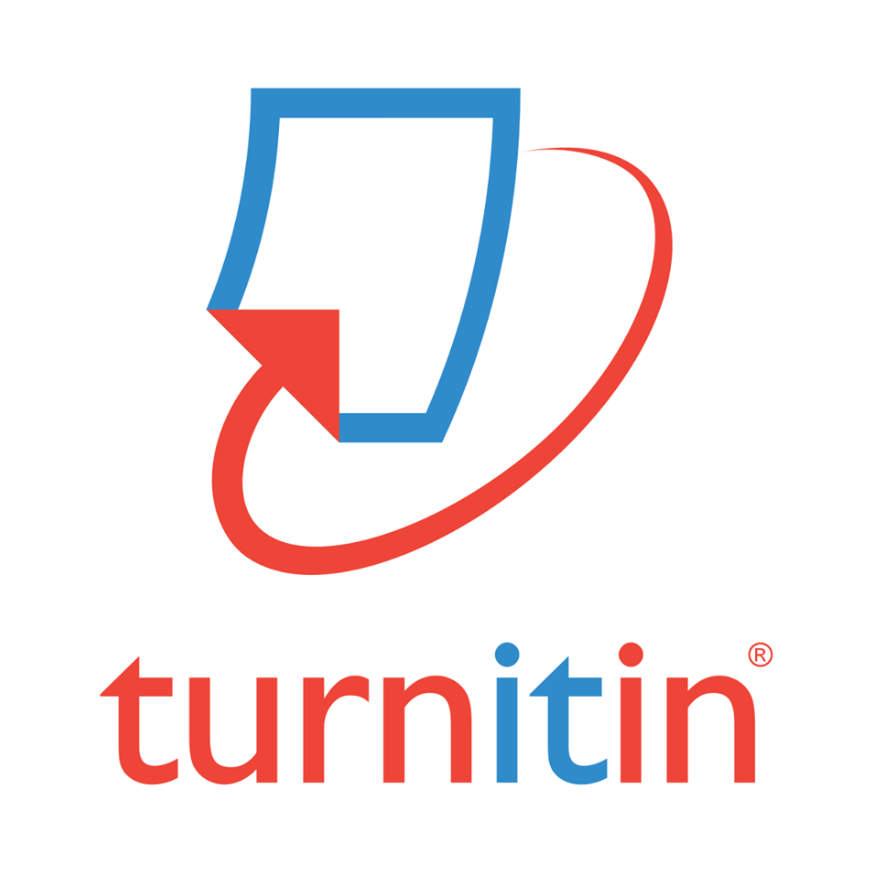Anticancer Screening of Quercetin as a Natural Treatment
DOI:
https://doi.org/10.37375/sjfssu.v2i2.77Keywords:
Oxidation stress, Anticancer, Quercetin, Apoptosis, AntioxidantAbstract
Oxidation stress is a process that damages the cells of the body, and also leads to the happen of many diseases such as cancer. This disease is known among all ages in every part of the world. In cancer cells, increasing types of free radicals flaw the balance in the cell and thus increasing free radicals target all types of molecules, including proteins, lipids, and nucleic acids. If the body cannot produce enough antioxidants, increasing free radicals damage the cells of the body. The defect in apoptosis also prevents malignant cells from being damaged. This paper aims to study the effect and activity of quercetin as an antioxidant and anticancer drug in vitro. The mechanism of increasing free radical formation causing cell damage will be explained. This study also presents a discussion about the mechanism of apoptosis pathways using the MTT scale to measure the cell's ability to metabolic activity and whether the cells are still alive. The most significant shifts were for (Raji, MOLT-4 and CT-26 equal to 0.18 ± 0.09, 2.1 ± 0.9, and 5.5 ± 0.38, respectively. Apoptosis was detected using the BD Annexin V FITC assay and apoptosis was measured at (P < 0.001). Also, in vivo, the positive effects of different doses of quercetin on affected models are discussed.
References
Phaniendra, A., Jestadi, D. B., & Periyasamy, L. 2015. Free radicals: properties, sources, targets, and their implication in various diseases. Indian journal of clinical biochemistry, 30(1), 11-26.
Shi, G. J., Li, Y., Cao, Q. H., Wu, H. X., Tang, X. Y., Gao, X. H., ... & Yang, Y. 2019. In vitro and in vivo evidence that quercetin protects against diabetes and its complications: A systematic review of the literature. Biomedicine & Pharmacotherapy, 109, 1085-1099. Available at: https://pubmed.ncbi.nlm.nih.gov/30551359/ [Accessed 2 Oct. 2020].
Widowati, W., Wijaya, L., Wargasetia, T. L., Bachtiar, I., Yellianty, Y., & Laksmitawati, D. R. 2013. Antioxidant, anticancer, and apoptosis-inducing effects of Piper extracts in HeLa cells. Journal of Experimental & Integrative Medicine, 3(3).
Tavsan, Z., & Kayali, H. A. 2019. Flavonoids showed anticancer effects on the ovarian cancer cells: Involvement of reactive oxygen species, apoptosis, cell cycle and invasion. Biomedicine & pharmacotherapy, 116, 109004. Available at: https://www.semanticscholar.org/paper/Flavonoids-showed-anticancer-effects-on-the-ovarian-TavsanKayal%C4%B1/13a2e823b9fbfc9446fcf0ac8621b083d8ae489b [Accessed 6 Dec. 2020].
Prieto-Bermejo, R., & Hernández-Hernández, A. 2017. The importance of NADPH oxidases and redox signaling in angiogenesis. Antioxidants, 6(2), 32.
Pham-Huy, L. A., He, H., & Pham-Huy, C. 2008. Free radicals, antioxidants in disease and health. International journal of biomedical science: IJBS, 4(2), 89.
Suarez, R. K. 2012. Energy and metabolism. Comprehensive physiology, 2(4), 2527-2540. Available at: https://onlinelibrary.wiley.com/doi/10.1002/cphy.c110009 [Accessed 11 Dec. 2020].
Nicholson, L. B. (2016). The immune system. Essays in biochemistry, 60(3), 275-301.
ab214484 Annexin V – DY-634/ PI Apoptosis Detection Kit. Abcam, 2016. 1, 9, Available at: https://www.abcam.com/ps/products/214/ab214484/documents/ab214484%20Annexin%20V%20DY634%20PI%20Apoptosis%20Detection%20Kit%20v1a%20(website).pdf [Accessed 20 Sep. 2020].
Xiong, S., Mu, T., Wang, G., & Jiang, X. 2014. Mitochondria-mediated apoptosis in mammals. Protein & cell, 5(10), 737-749.
Apoptosis. 2020, 1-3. Available at: https://www.cancerquest.org/cancer-biology/apoptosis [Accessed 15 Sep. 2021].
Ramalalingam et al. 2015, In Vitro Free Radical Scavenging and Anticancer Potential of Aristolochia Indical (MCF-7) Cell Line. Int J Pharm Pharm Sci, 7, (6), 392.
Niu, G., Yin, S., Xie, S., Li, Y., Nie, D., Ma, L., ... & Wu, Y. 2011. Quercetin induces apoptosis by activating caspase-3 and regulating Bcl-2 and cyclooxygenase-2 pathways in human HL-60 cells. Acta Biochim Biophys Sin, 43(1), 30-37.
Mukherjee, A., Mishra, S., Kotla, N. K., Manna, K., Roy, S., Kundu, B., & Talukdar, A. 2019. Semisynthetic quercetin derivatives with potent antitumor activity in colon carcinoma. Acs Omega, 4(4), 7285-7298. Available at: file:///C:/Users/ALAMAL/Downloads/Semisynthetic_Quercetin_Derivatives_with_Potent_An.pdf [Accessed 3 Nov.. 2021].
Rather, R. A., & Bhagat, M. (2020). Quercetin as an innovative therapeutic tool for cancer chemoprevention: Molecular mechanisms and implications in human health. Cancer medicine, 9(24), 9181-9192.
Ali-Boucetta, H., Al-Jamal, K. T., & Kostarelos, K. 2011. Cytotoxic assessment of carbon nanotube interaction with cell cultures. In Biomedical Nanotechnology (pp. 299-312). Humana Press. Available at: https://www.researchgate.net/publication/50597901_Cytotoxic_Assessment_of_Carbon_Nanotube_Interaction_with_Cell_Cultures [Accessed 3 Jon. 2021].
Biosciences, B. D. 2011. Detection of Apoptosis Using the BD Annexin V FITC Assay on the BD FACSVerse™ System. Available at: https://www.bdbiosciences.com/content/dam/bdb/marketingdocuments/BD_FACSVerse_Apoptosis_Detection_AppNote.pdf [Accessed 13 Jon. 2021].
Hashemzaei, M., Delarami Far, A., Yari, A., Heravi, R. E., Tabrizian, K., Taghdisi, S. M., & Rezaee, R. 2017. Anticancer and apoptosis inducing effects of quercetin in vitro and in vivo. Oncology reports, 38(2), 819-828. Available at: https://www.ncbi.nlm.nih.gov/pmc/articles/PMC5561933/pdf/or-38-02-0819.pdf [Accessed 28 Jon. 2021].
Jiao, G., He, X., Li, X., Qiu, J., Xu, H., Zhang, N., & Liu, S. 2015. Limitations of MTT and CCK-8 assay for evaluation of graphene cytotoxicity. Rsc Advances, 5(66), 53240-53244. Available at : https://www.researchgate.net/publication/278162083_Limitations_of_MTT_and_CCK-8_assay_for_evaluation_of_graphene_cytotoxicity [Accessed 4 Dec. 2020].
Foo, J. B., Ng, L. S., Lim, J. H., Tan, P. X., Lor, Y. Z., Loo, J. S. E., ... & How, C. W. 2019. Induction of cell cycle arrest and apoptosis by copper complex Cu (SBCM) 2 towards oestrogen-receptor positive MCF-7 breast cancer cells. RSC advances, 9(32), 18359-18370. Available at: https://pubs.rsc.org/en/content/articlelanding/2019/ra/c9ra03130h [Accessed 24 Dec. 2020].
Jin, H.; Ko, Y. S.; Park, S. W.; Chang, K. C.; Kim, H. J. 2019, 13-Ethylberberine Induces Apoptosis through the Mitochondria-Related Apoptotic Pathway in Radiotherapy-Resistant Breast Cancer Cells. Molecules. 24(13), 2448. Available at: https://www.ncbi.nlm.nih.gov/pmc/articles/PMC6651458/pdf/molecules-24-02448.pdf [Accessed 1 Dec. 2020].
Wu, L., Li, J., Liu, T., Li, S., Feng, J., Yu, Q., & Guo, C. 2019. Quercetin shows anti‐tumor effect in hepatocellular carcinoma LM3 cells by abrogating JAK2/STAT3 signaling pathway. Cancer medicine, 8(10), 4806-4820.
Kim, S. R., Lee, E. Y., Kim, D. J., Kim, H. J., & Park, H. R. 2020. Quercetin inhibits cell survival and metastatic ability via the EMT-mediated pathway in oral squamous cell carcinoma. Molecules, 25(3), 757.















